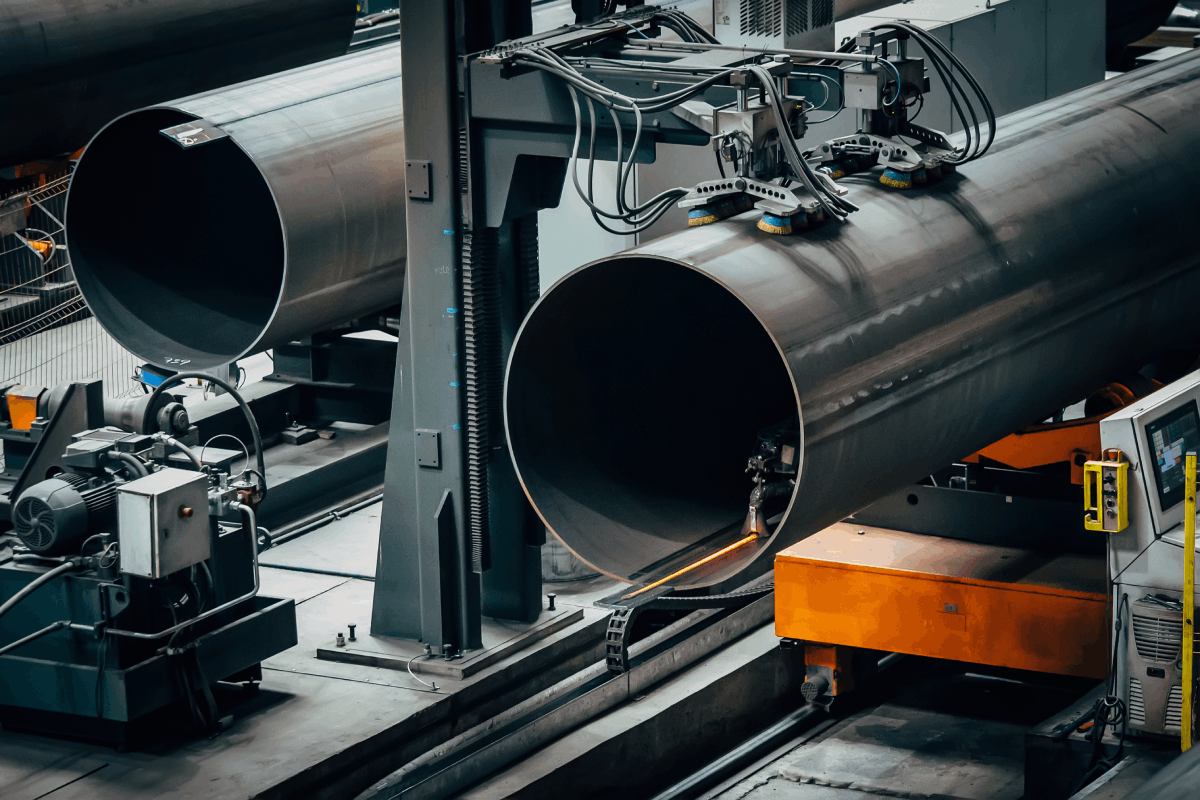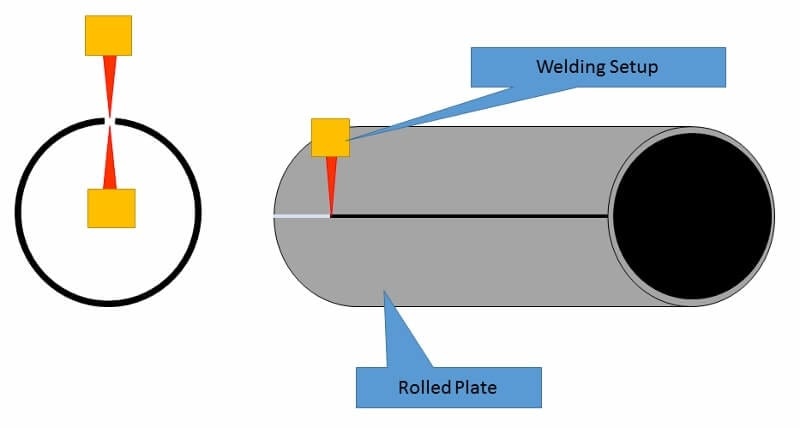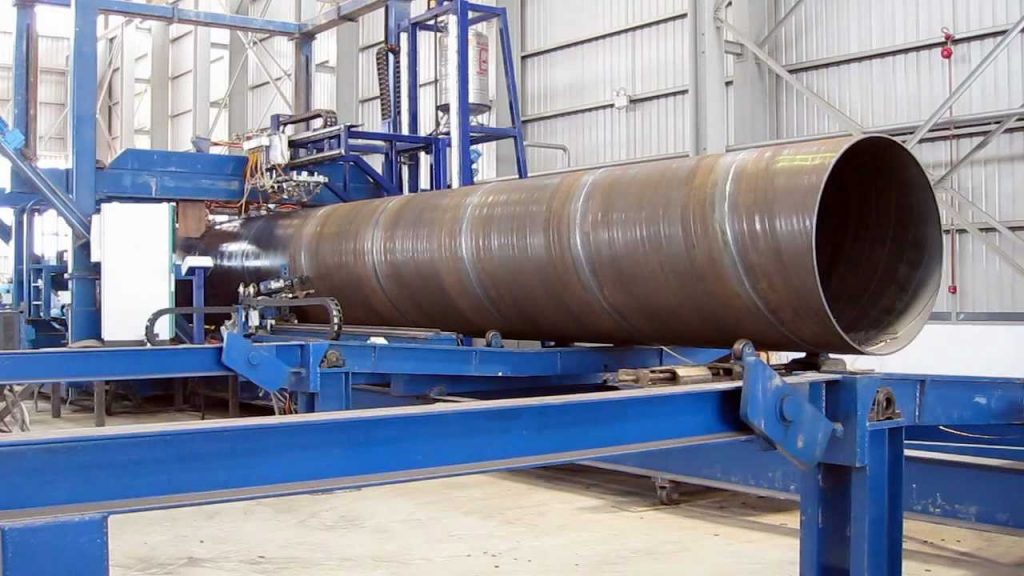Welded steel pipe manufacturing process involves several steps, including material preparation, forming, welding, finishing, and testing. The process starts with the selection and preparation of raw materials. Followed by the shaping of the steel into pipes through various forming methods. The pipes are then welded together to create a continuous length of pipe, which undergoes finishing processes such as straightening, cutting, and inspection. With proper quality control measures in place, welded steel pipes can be used in a wide range of applications such as transportation of fluids and gases, structural support, and heat transfer.
Introduction
Welded steel pipes play an important role in various industries such as construction, oil and gas, and water transmission. The manufacturing process of these pipes involves several steps that ensure the quality and reliability of the final product. This article provides a comprehensive guide to the welded steel pipe manufacturing process.
Material Preparation
The first step in the welded steel pipe manufacturing process is material preparation. Raw materials such as steel coils inspect for defects and surface imperfections. The steel strips are then fed through a series of rollers to achieve the desired thickness and width.
Forming
Once the steel strips have been prepared, they are shaped into pipes through various forming methods. One of the most common methods is the ERW (Electric Resistance Welding) process. Where the steel strips pass through a series of rollers and then can weld together using an electric current. Another method is the SSAW (Spiral Submerged Arc Welding) process, where the steel strips are formed into a spiral shape and then welded together using a submerged arc welding process.
Welding
After the pipes form, they welding together to create a continuous length of pipe. The welding process is critical as it determines the strength and durability of the final product. The welding method used depends on the pipe size and application. In addition to the ERW and SSAW methods, other welding methods such as the LSAW (Longitudinal Submerged Arc Welding) and HFW (High-Frequency Welding) methods may be used.
Finishing
Once the pipes can weld together, They undergo finishing processes such as straightening, cutting, and inspection. The pipes straightening to ensure that they are in their proper shape and alignment. The pipes may also undergo additional finishing processes such as coating or galvanizing, depending to meet their application.
Testing
Quality control measures are critical in the welded steel pipe manufacturing process to ensure that the final product meets the required specifications. The pipes undergo several tests such as hydrostatic testing, ultrasonic testing, and magnetic particle testing to detect any defects or imperfections. The pipes that pass these tests are then ready for shipment to their intended destination.
Applications
Welded steel pipes play an important role in a wide range of applications. They are popular in the construction of buildings, bridges, and pipelines. Welded steel pipes also play an important role in the oil and gas industry for the transportation of crude oil and natural gas.
Example
An example of the use of welded steel pipes is in the construction of a pipeline for the transportation of natural gas. The pipeline consists of welded steel pipes that coat with a layer of epoxy to protect them from corrosion. The pipes undergo several quality control tests to ensure that they can withstand the high pressure and temperature of the natural gas.
Conclusion
The welded steel pipe manufacturing process is complex. That involves several steps to ensure the quality and reliability of the final product. With proper quality control measures in place, welded steel pipes can be used in a wide range of applications such as transportation of fluids and gases, structural support, and heat transfer. By understanding the steps involved in the manufacturing process, manufacturers can ensure that their products meet the required specifications and standards.



